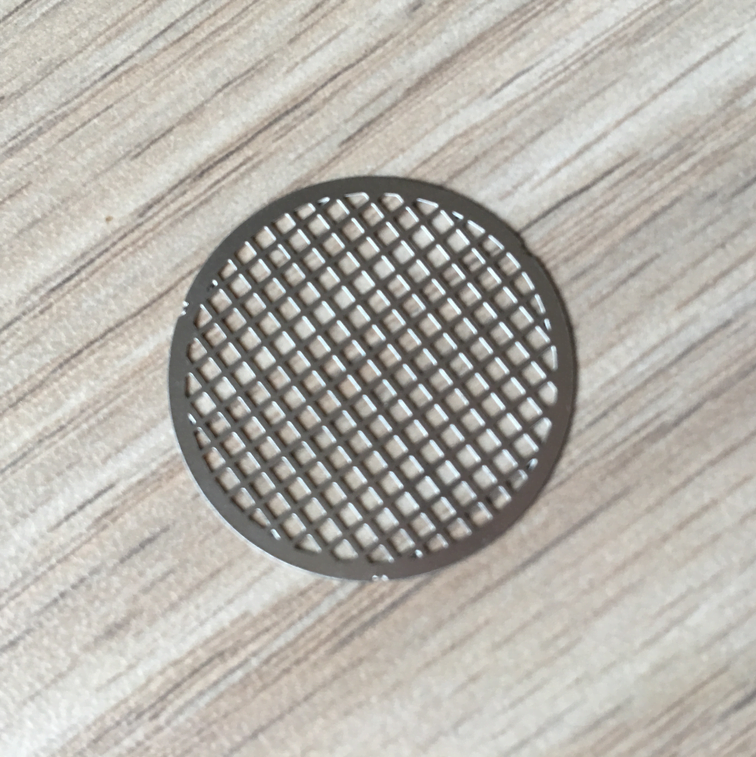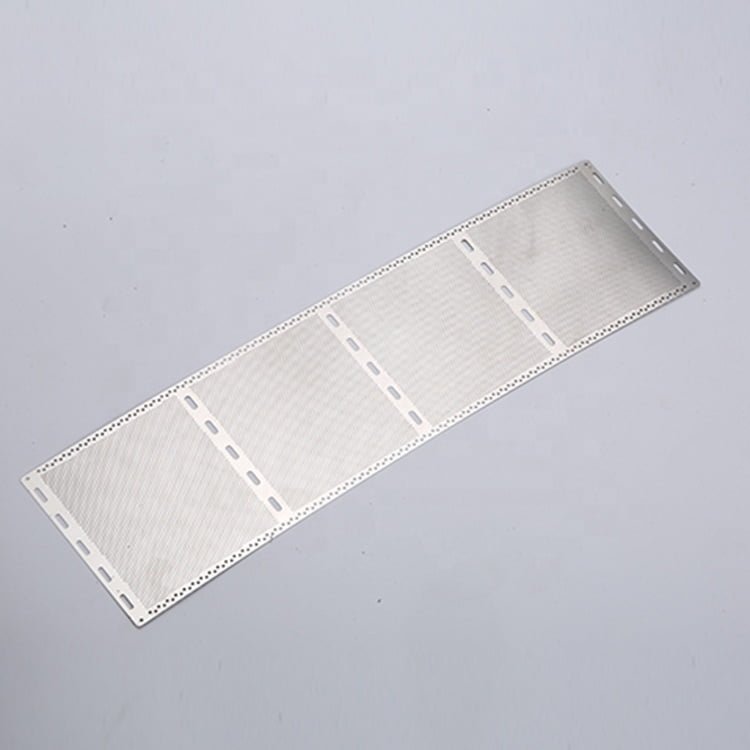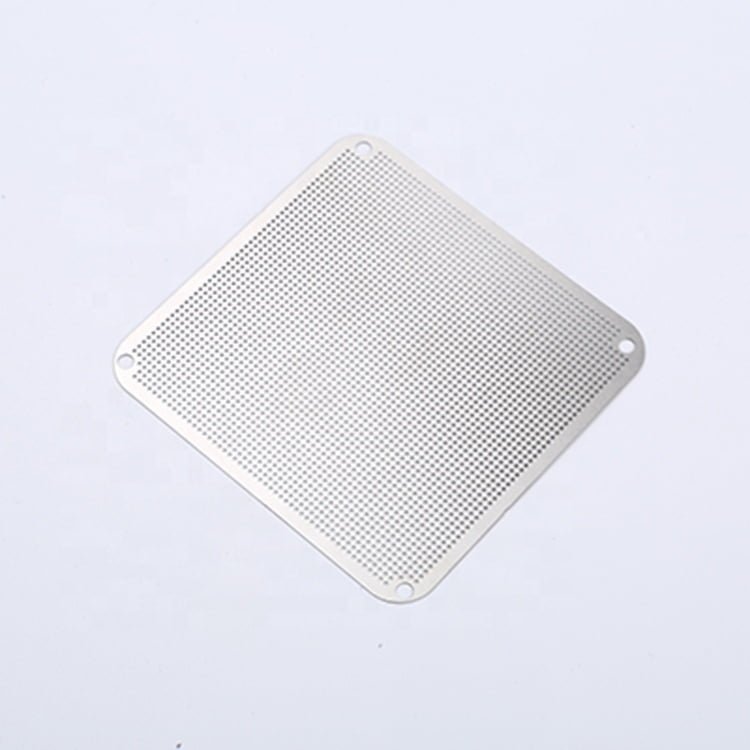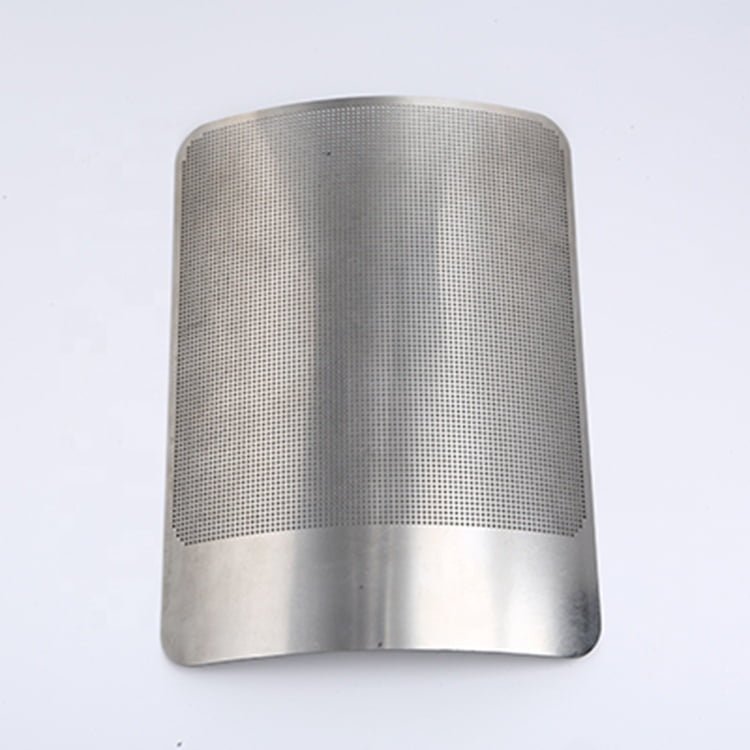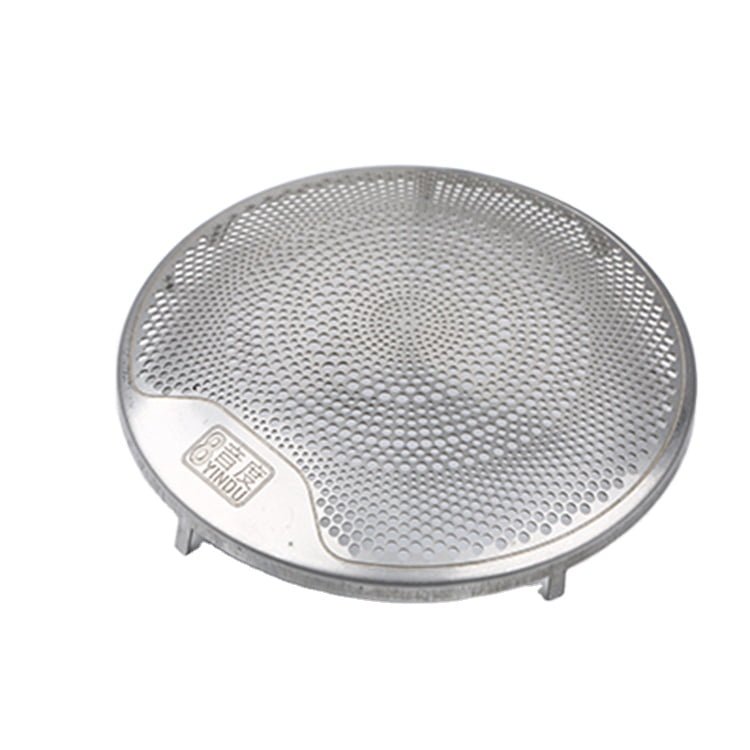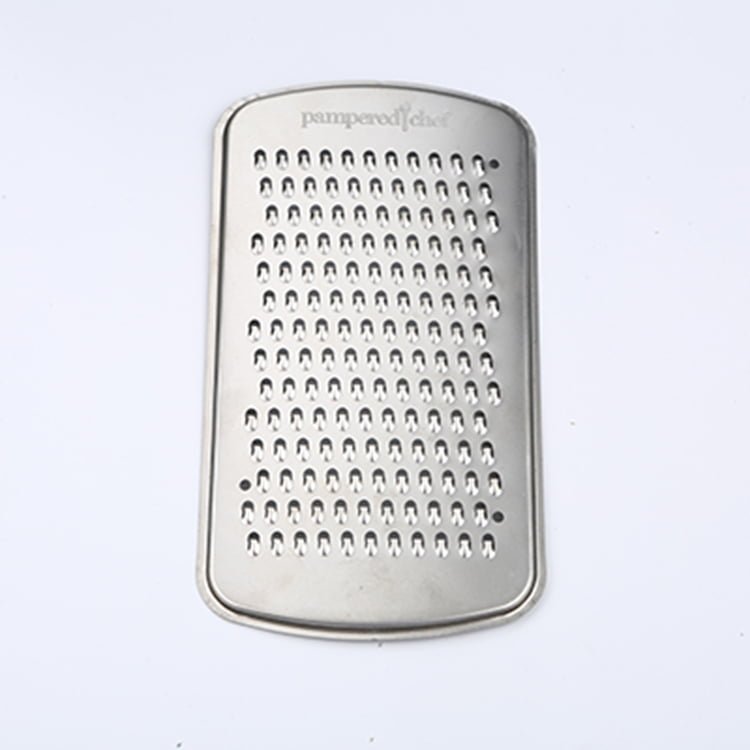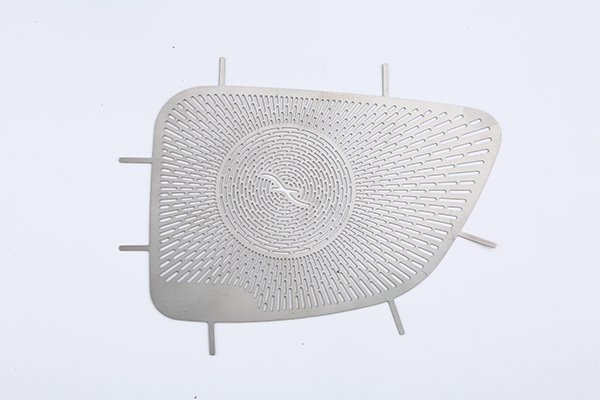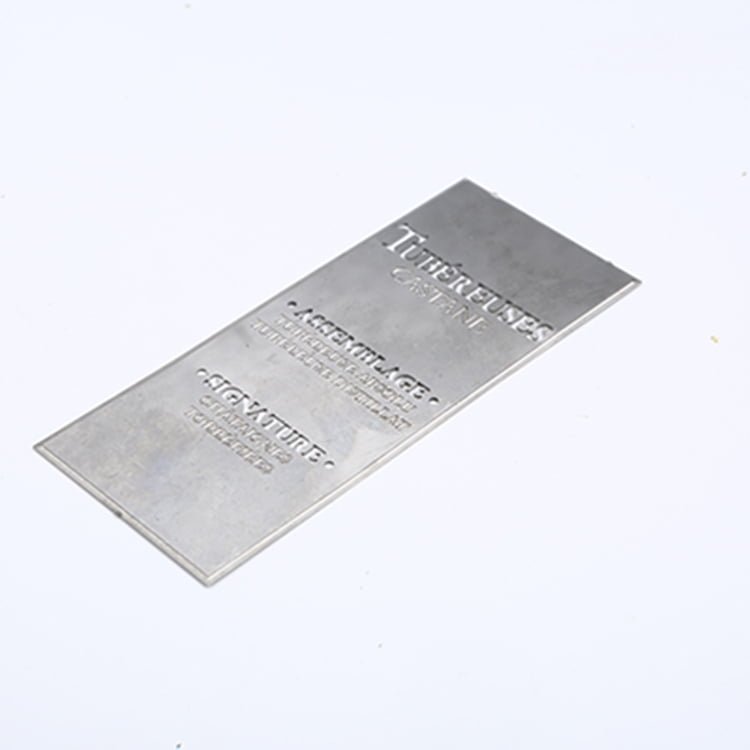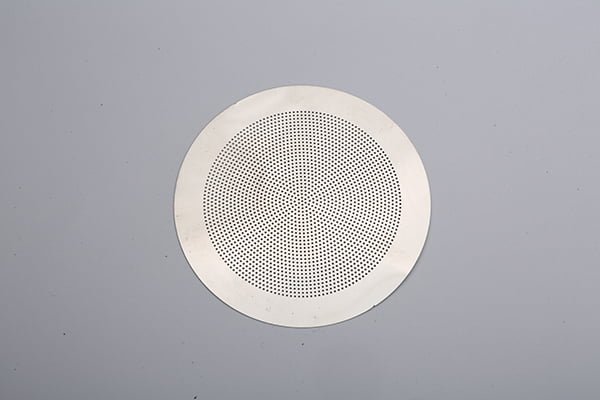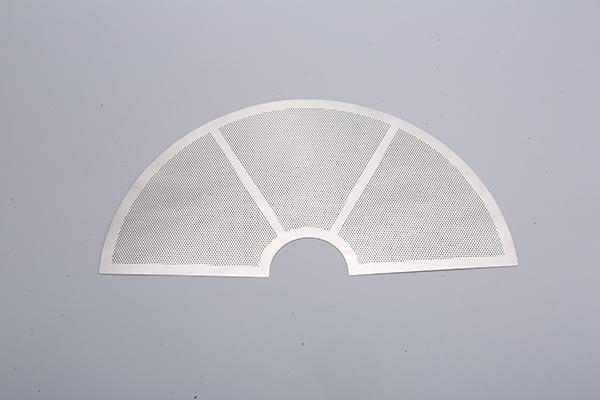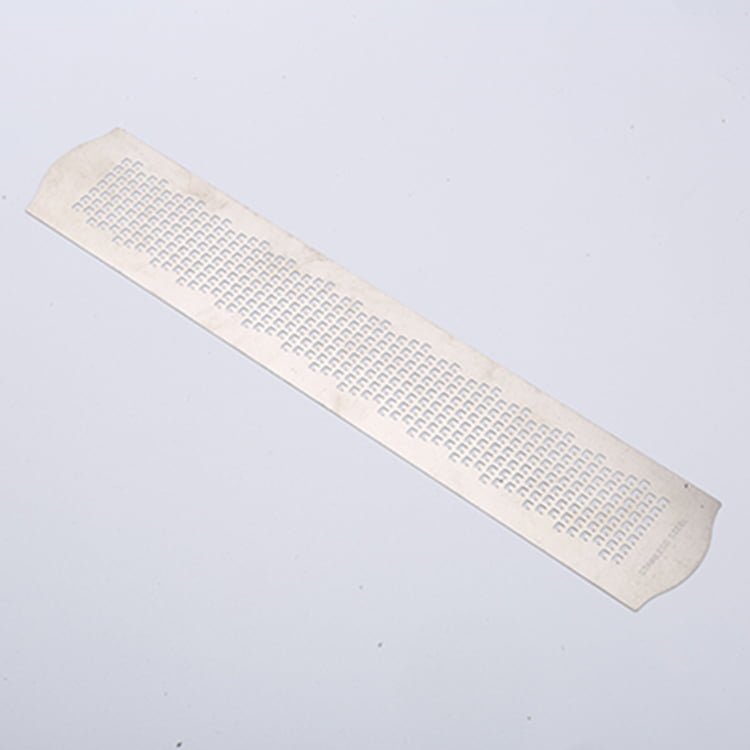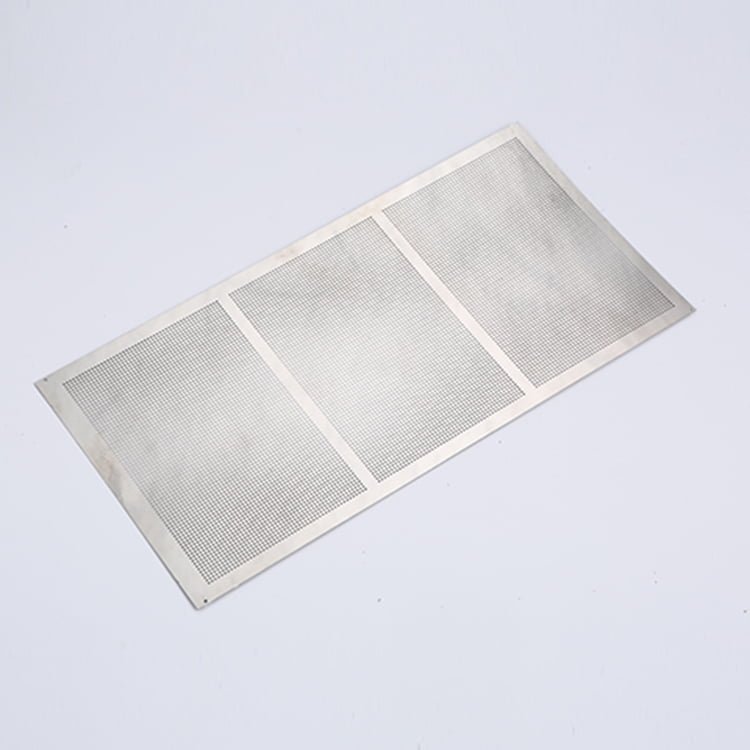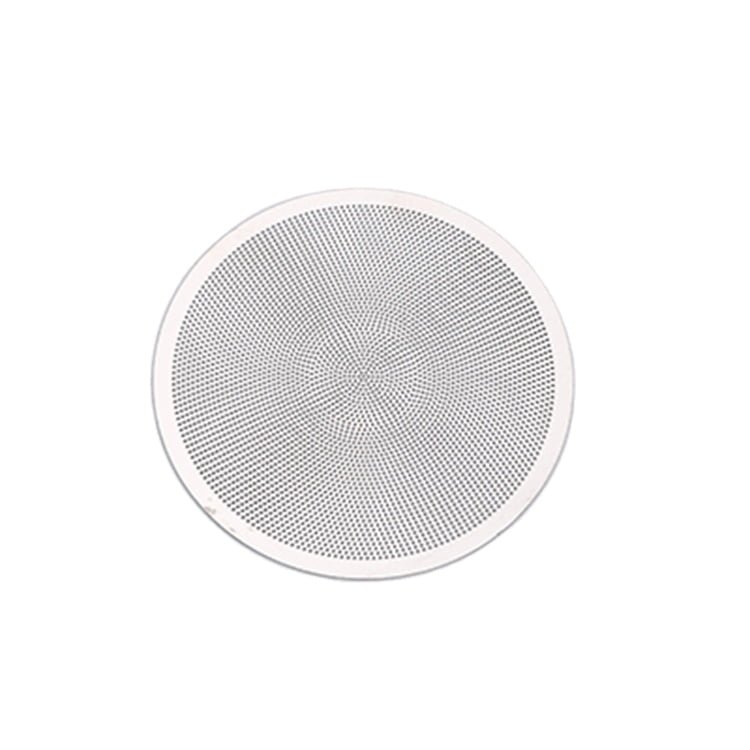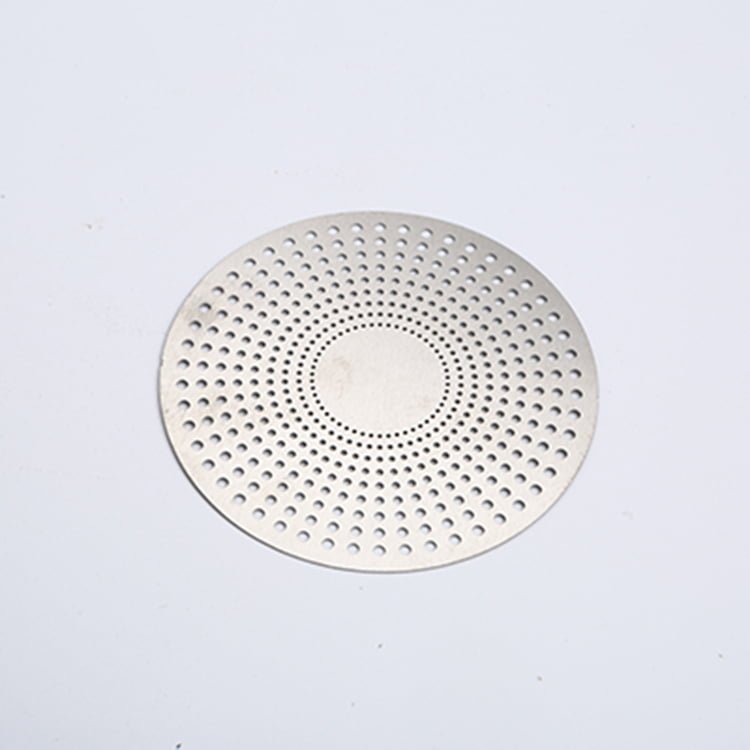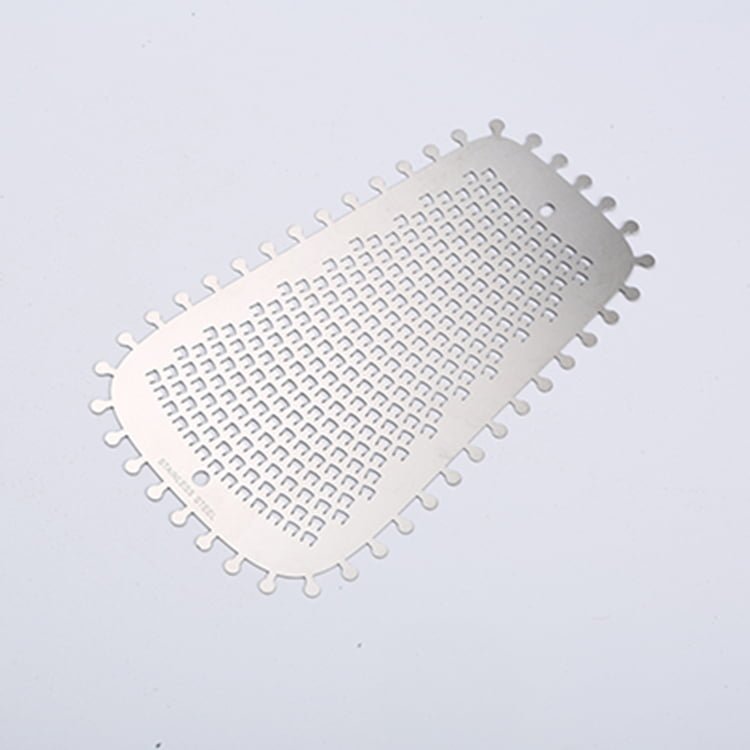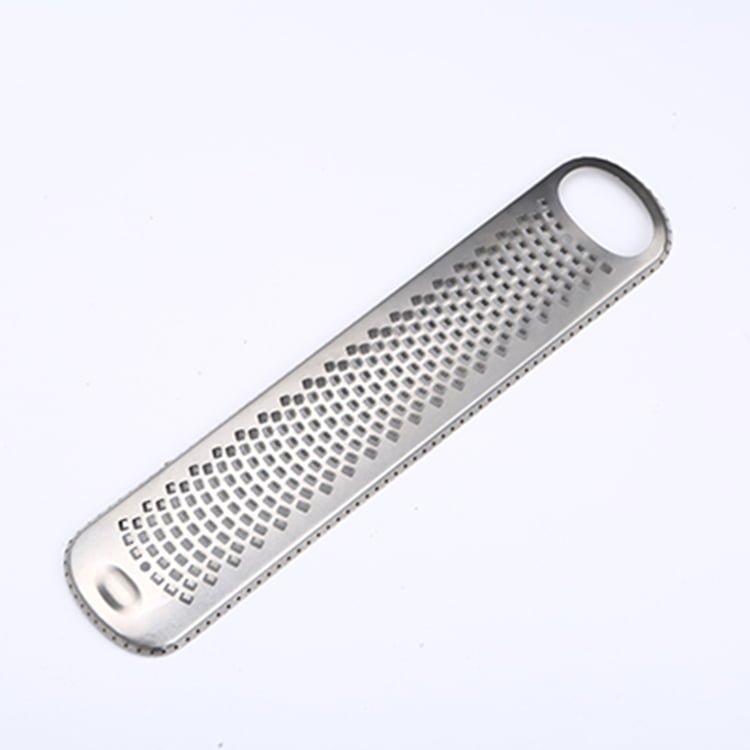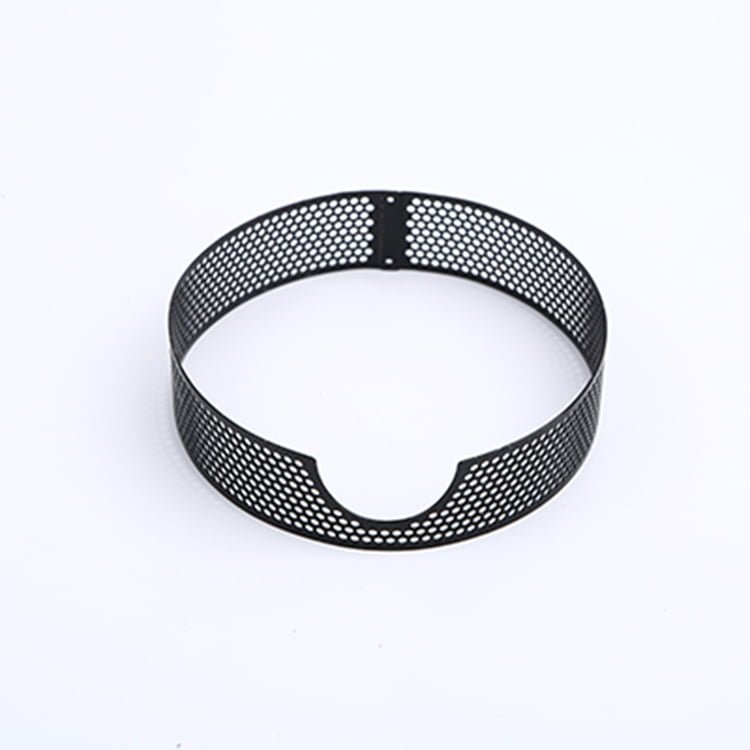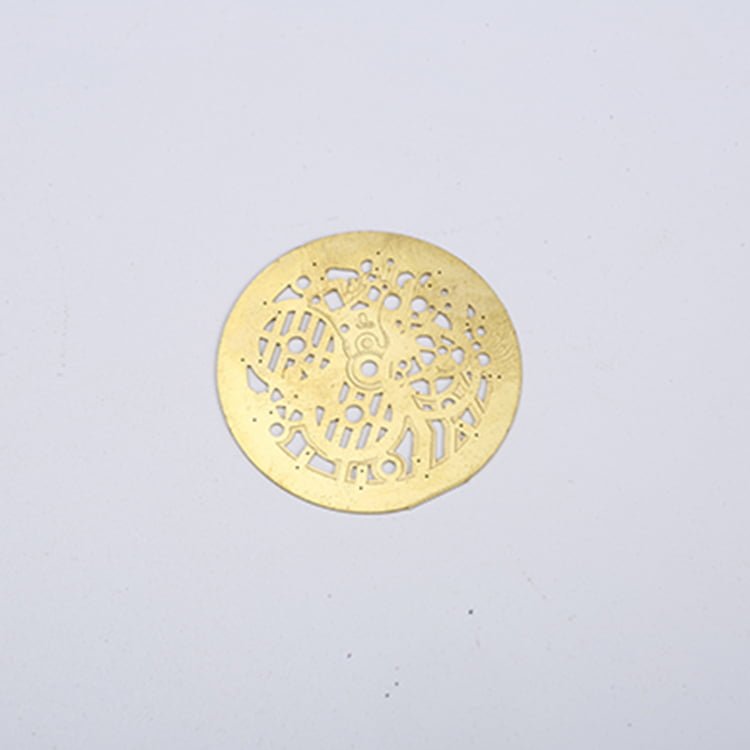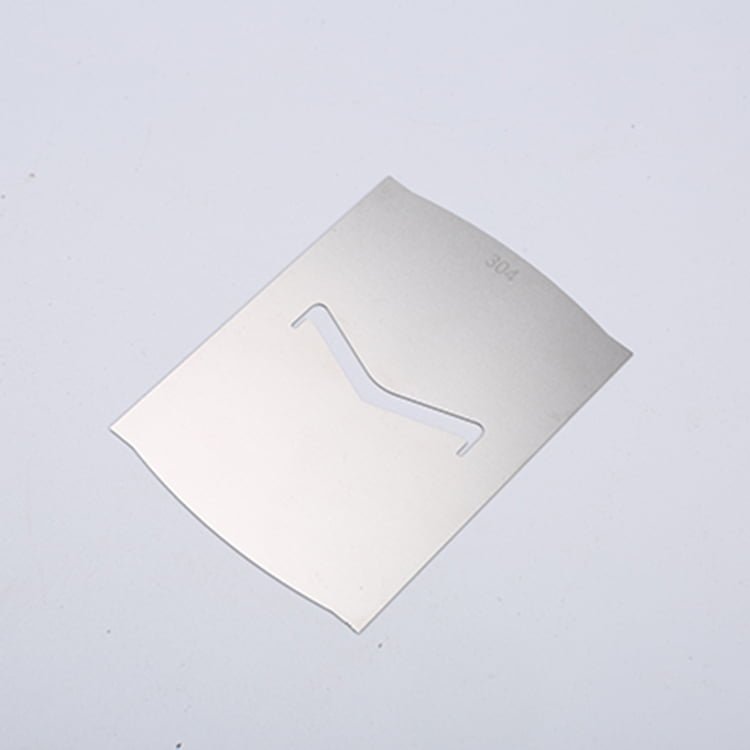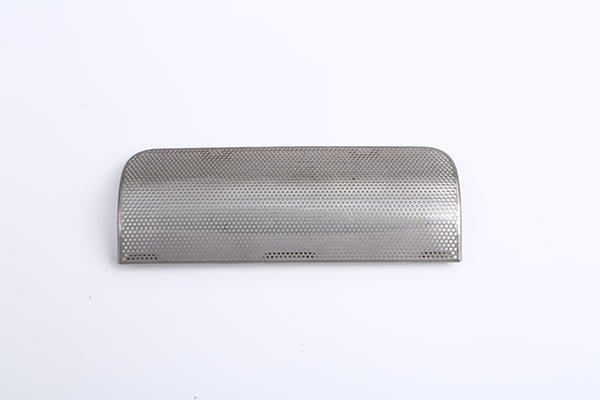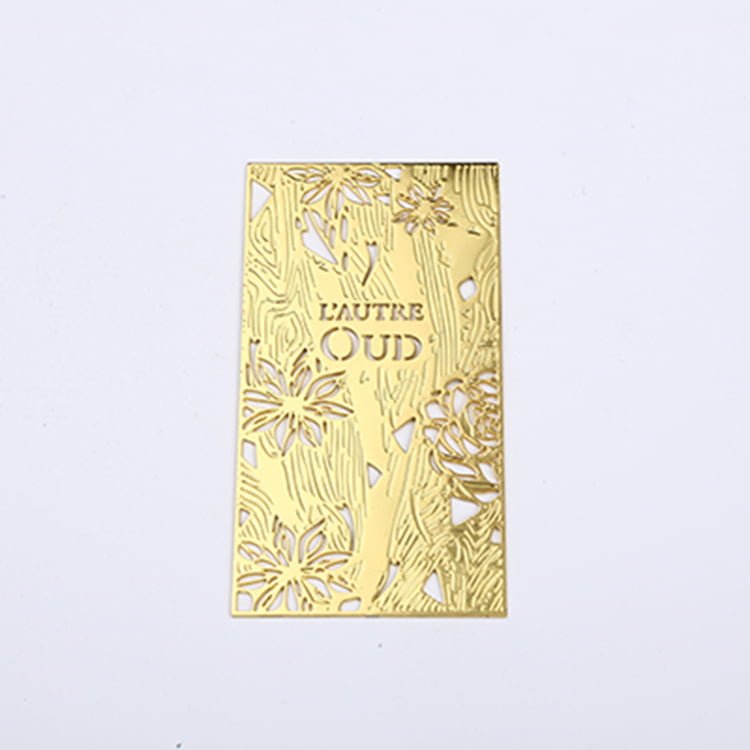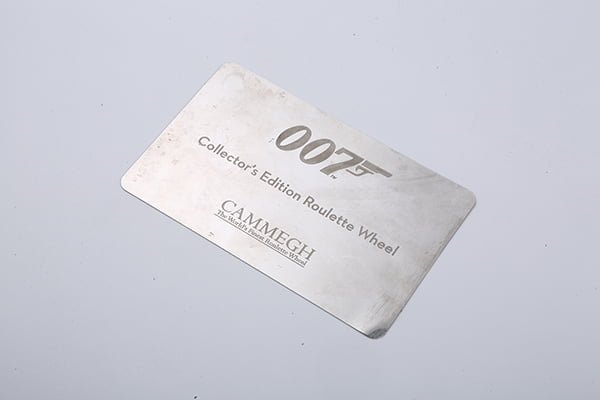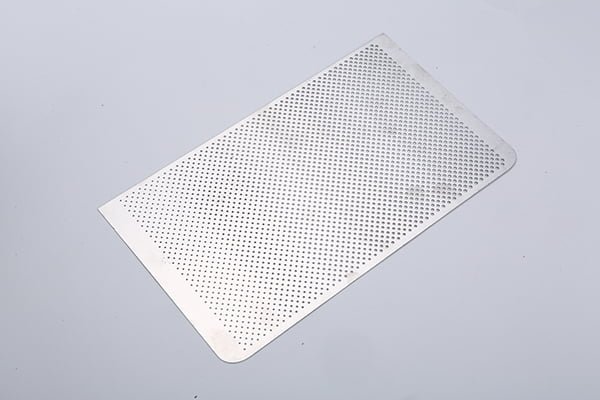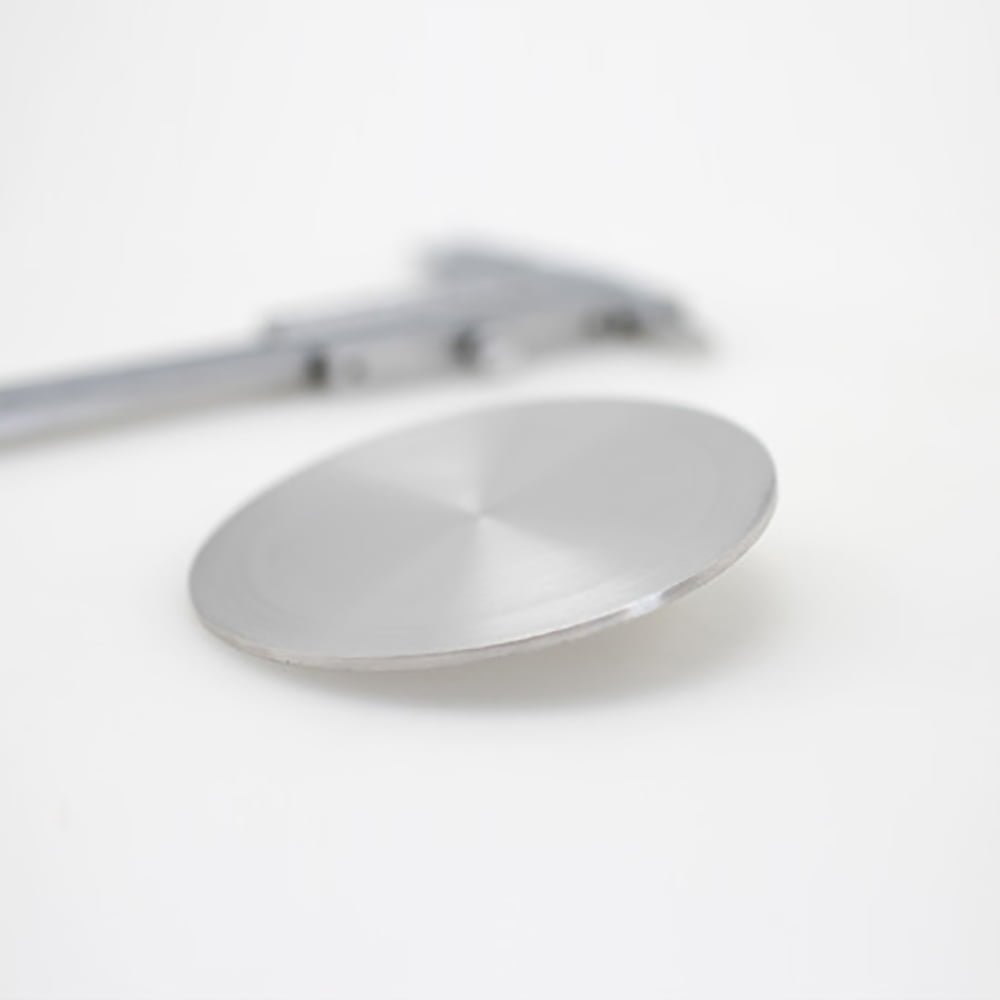Rhodium, a rare and precious metal known for its brilliant white color and exceptional corrosion resistance, plays a crucial role in various industries, including jewelry, electronics, and catalysis.
[custom_pricing]
View our Rhodium etching production facility
Types of Rhodium and Alloys: Advantages and Disadvantages in Wet Processing
Rhodium exists in different forms, and alloying it with other metals can enhance specific properties. Let’s explore the advantages and disadvantages of each alloy for wet processing:
- Pure Rhodium: Pure rhodium offers unmatched brilliance and resistance to tarnish, making it highly sought after in the jewelry industry. However, its high cost and limited ductility can pose challenges during certain wet processing methods.
- Rhodium-Iridium (Rh-Ir): The addition of iridium enhances rhodium’s mechanical properties, making it more durable and resistant to wear. However, the increased hardness may require specialized etching solutions during wet processing.
- Rhodium-Platinum (Rh-Pt): This alloy combines the brilliance of rhodium with the stability of platinum. It is commonly used in high-end jewelry and electronics, but care must be taken during wet processing to avoid undesirable reactions between the two metals.
Metal Etching Rhodium
Metal etching in the wet processing process involves using metal etching machines. The choice of etchant, such as Hydrofluoric Acid (HF), Ferric Chloride Etchant, or Cupric Chloride Etchant, impacts processing difficulty. Let’s explore key aspects of metal etching for rhodium:
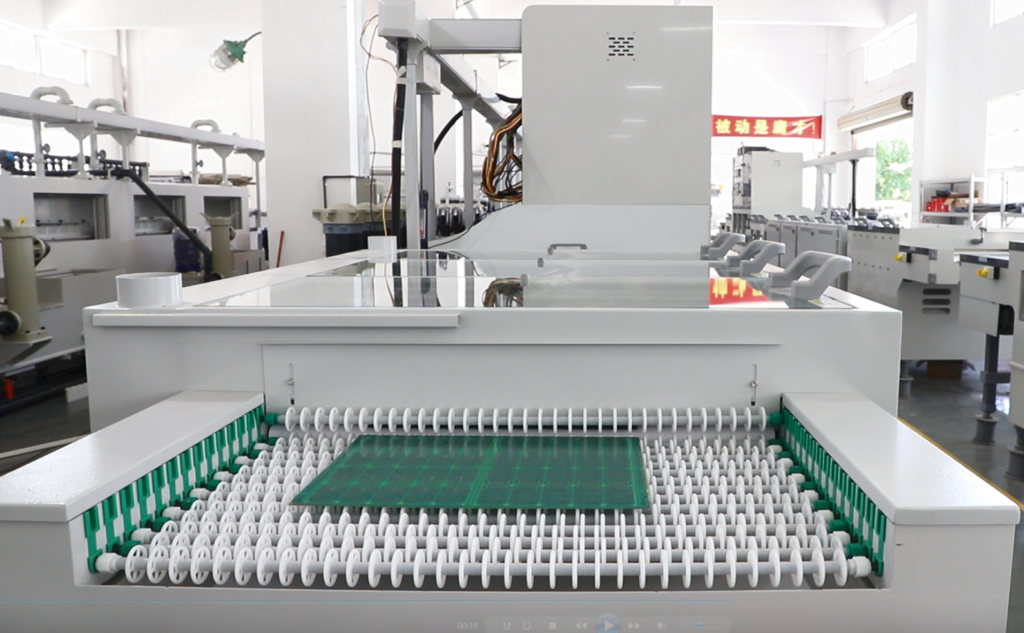
- Etching Difficulty: Rhodium’s reactivity with certain etchants poses challenges during the etching process. Hydrofluoric Acid (HF) is highly corrosive and requires careful handling to achieve precise etching. Ferric Chloride Etchant offers deep and well-defined patterns, while Cupric Chloride Etchant provides controlled etching and is commonly used in electronic applications.
- Precautions: Due to the corrosive nature of etchants, strict safety precautions are essential. Proper ventilation, personal protective equipment, and adherence to handling protocols prevent exposure to hazardous fumes and chemical burns.
there are some etchants that have been recommended for etching Rhodium. While Rhodium is relatively inert and challenging to etch compared to other metals, certain mixtures can be effective for this purpose. Here are some of the recommended etchants for etching Rhodium:
- Aqua Regia: A mixture of concentrated nitric acid and hydrochloric acid is commonly used for etching Rhodium. Aqua regia is one of the few etchants capable of dissolving Rhodium, although the process may be slow and requires careful handling due to the aggressive nature of the acid.
- Iodine-Based Etchant: Some iodine-based etchants have been proposed for etching Rhodium. These mixtures may contain iodine dissolved in a solution with other reagents to enhance the etching process.
- Alkaline Peroxide Solutions: Certain alkaline peroxide solutions have shown some etching capability for Rhodium. These solutions typically involve hydrogen peroxide (H2O2) in an alkaline medium.
- Potassium Iodide (KI) Solutions: Potassium iodide solutions in combination with other additives have been used for etching Rhodium in specific applications.
It’s important to note that etching Rhodium can be challenging and may require optimization of the etching parameters for a specific application. The etching rate and selectivity can vary depending on the composition of the etchant, temperature, and other factors. If you plan to etch Rhodium, it’s crucial to perform test etchings to determine the most suitable etchant and conditions for your particular needs. Additionally, safety precautions should always be followed when working with etchants, especially those containing strong acids.
Rhodium etching equipment
Photo Etching of Rhodium
Photo etching, also known as chemical milling, offers precise and intricate patterns on rhodium surfaces. The process involves using light-sensitive masks to protect specific areas while etching the exposed regions. Let’s explore key aspects of photo etching for rhodium:
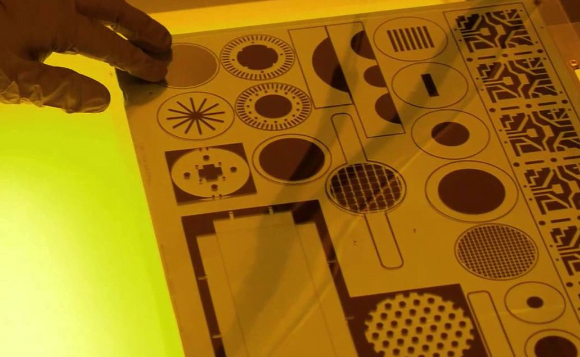
- Processing Difficulty: Photo etching demands exceptional accuracy and control. Applying and developing the photoresist carefully ensures accurate pattern transfer onto the rhodium surface. Advanced photolithography techniques and skilled expertise are crucial for achieving desired precision.
- Precautions: Handling the photoresist requires a clean and controlled environment to prevent contamination. Adhering to processing times and temperatures during development ensures precise pattern transfer without overetching or underetching.
Etching precision machined rhodium materials requires a comprehensive understanding of the different types and alloys of rhodium, as well as the intricacies of electroforming, surface treatment, metal cleansing, and etching techniques. By selecting the most suitable processes and adhering to stringent precautions, manufacturers and engineers can fully leverage the unique properties of rhodium, contributing to advancements in critical industries such as jewelry, electronics, and catalysis.
View our metal etching products
how to etch Rhodium?
Etching Rhodium Process Guidelines
| Metal Alloy | Etchant | Etching Temperature (°C) | Etching Concentration (%) | Estimated Etching Depth (microns) | Etching Quality |
|---|---|---|---|---|---|
| Etching Pure Rhodium | Aqua Regia | Room temperature | 1:3 HNO3 to HCl | 2-15 | High-quality (smooth) |
| Etching Rhodium-Iridium (Rh-Ir) | Iodine-Based Etchant | Room temperature | Varies | 2-15 | High-quality (smooth) |
| Etching Rhodium-Platinum (Rh-Pt) | Alkaline Peroxide Solutions | Room temperature | Varies | 2-15 | High-quality (smooth) |
| Etching Rhodium-Platinum (Rh-Pt) | Potassium Iodide (KI) Solutions | Room temperature | 10% KI | 2-15 | High-quality (smooth) |
The values provided are approximate and can vary depending on specific etching conditions, including exposure time and the condition of the rhodium or rhodium alloy surface. Always conduct test etches and adjust parameters as needed to achieve your desired results. Additionally, safety precautions should be followed when handling these chemicals, especially in the case of Aqua Regia and iodine-based etchants.
If you have metal wet etching Rhodium needs, please feel free to contact us.
FAQs
[FAQS]
Etching Rhodium Samples
